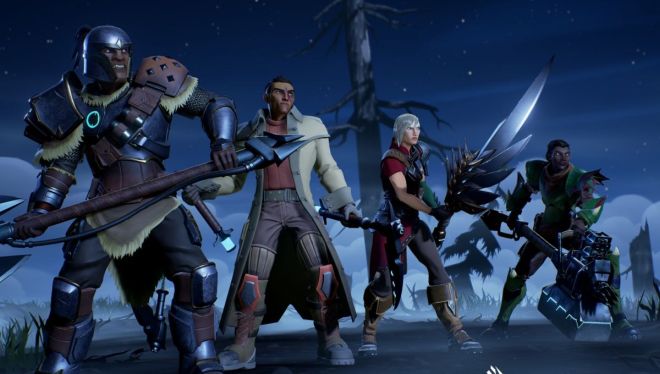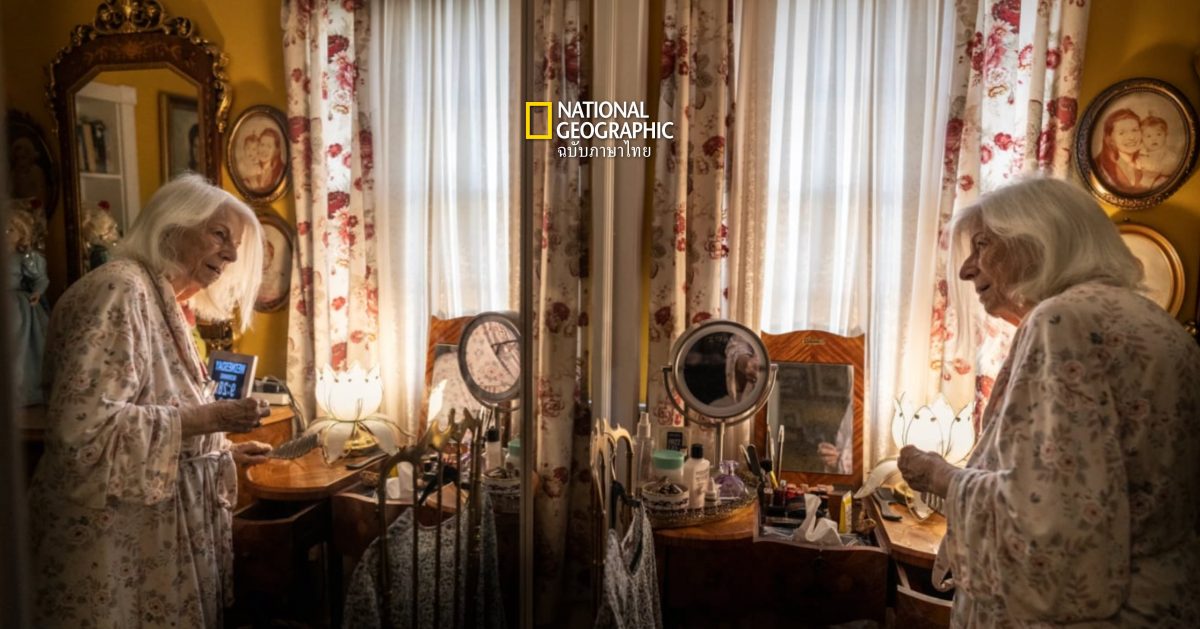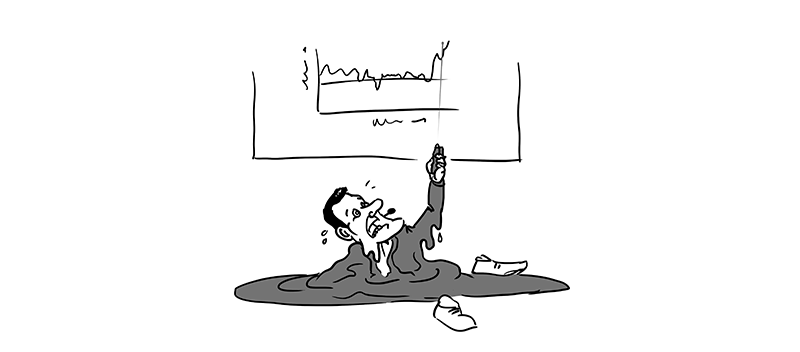#Globo #reporter #reveals #illness #severe #pain
TV Globo reporter Tiago Scheuer, 40, made a revelation on his Instagram: his diagnosis of herpes zoster. In his profile, the journalist warned about the disease and revealed that he felt “intense pain”.
TV Globo reporter talks about his experience with shingles – Photo: Reproduction/@xoia/ND
Born in Jaraguá do Sul (SC), Scheuer said it all started with just a red spot on his belly.
“This little spot grew day after day. Then it occupied part of the side of the body and back. Without understanding anything, three days later, I went to a dermatologist. She diagnosed me with shingles and already gave me antivirals to take,” she says.
The professional says that only after three weeks did the pain caused by the disease stop.
“In my case, I didn’t need to be hospitalized – thank goodness! But the pain was intense. They oscillated between sensations of shock, needles, burning and burning”, he speaks.
Check out the full video:
What is shingles?
According to the Public Library of the Ministry of Health, herpes zoster is a disease that appears on the skin, caused by the Varicella-Zoster virus, the same virus that causes chickenpox.
After transmitting chickenpox, this virus remains “dormant” in the body throughout the person’s life, and can be reactivated in adulthood or in people with low body defenses, such as those with chronic diseases such as hypertension, diabetes, cancer, AIDS. , patients who underwent transplantation and others.
Symptoms similar to those of the TV Globo reporter
Before skin lesions appear, in most cases, the following signs and symptoms occur:
- Nerve pain;
- Tingling, needles, numbness, feeling of pressure;
- Local burning and itching;
- Fever;
- Headache;
- Discomfort.
One or two days after the first symptoms, the skin becomes red and blisters appear with liquid inside. They are called vesicles and they transport viruses.
The virus has the ability to run through the nerve that passes through where the blisters appear and can cause very severe pain in the area. This intense pain is called neuralgia and in older people it can last up to a hundred days. In children and young people, it may not even appear.
The regions of the body most affected by the disease are the chest, neck and back.
When Herpes-Zoster lesions appear on the face, there is a risk of causing problems with the eyes and in these cases, the patient must be monitored by an ophthalmologist.
To prevent other people from becoming infected, the most important thing is to be careful when touching the wounds.
The patient should wash their hands with soap and water before and after dealing with the lesion and, if they happen to notice that the balls are bursting, they should cover the area to prevent the virus-containing liquid from leaking out.
It is important to separate towels and personal objects that come into contact with the injury.
Treatment:
After the appearance of the lesions, if the person is in good health, within seven days or so all the blisters will have crusted over and the disease will practically be over.
It is a sign that the virus is no longer there and that the defense system has managed to control the infection. In other words: even without having undergone any type of treatment, the person will be cured.
There is early treatment with the use of antiviral medications to reduce the chance of severe pain appearing, especially in people over 40 years of age.
Therefore, when noticing the appearance of the first vesicles, it is recommended that the patient be examined by a doctor and receive the necessary guidance, including the use of medication.
Prevention:
- Vaccination;
- Wash your hands with soap and water after touching the lesions;
- Cut the nails;
- Isolation: children with chickenpox should only return to school when the blisters are dry and crusty;
- Sanitizing objects that may be contaminated.











